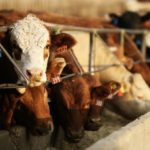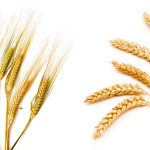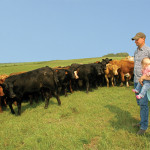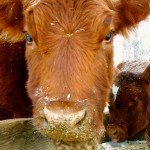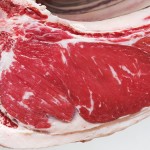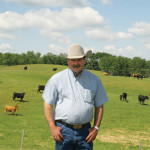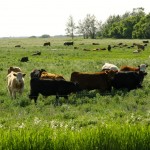Efficiencies in cattle production and feeding have allowed Canada’s beef industry to produce the same weight in beef as 30 years ago with smaller breeding herds, less land — and smaller greenhouse gas (GHG) output, a new study finds. The study, led by research scientist Tim McAllister of Agriculture and Agri-Food Canada in Lethbridge, with […] Read more



